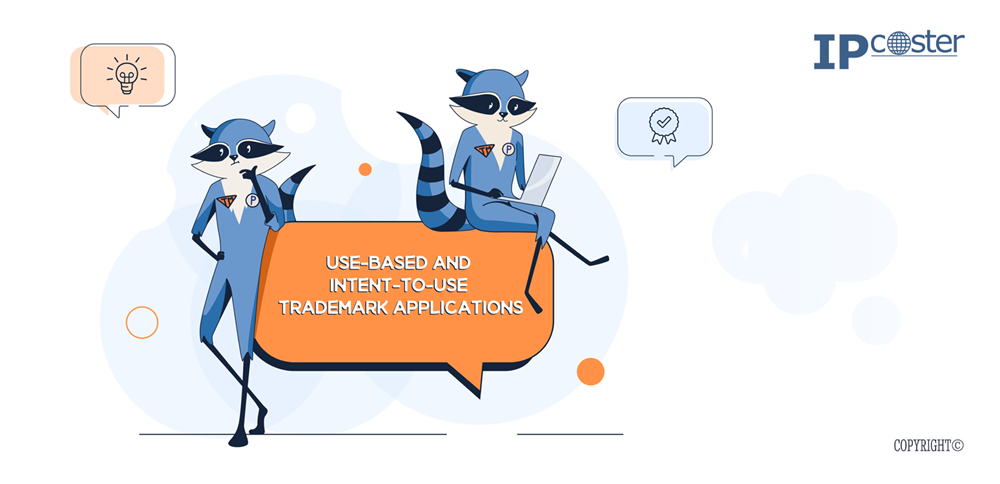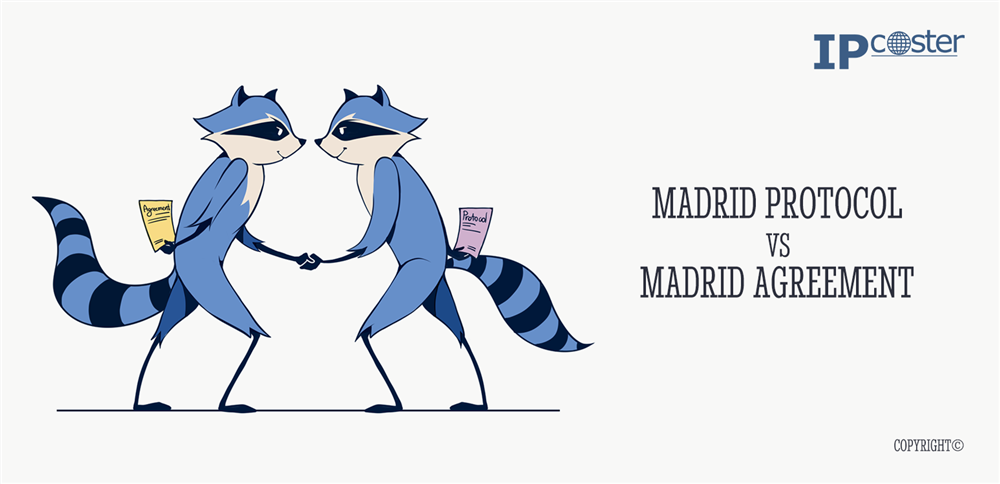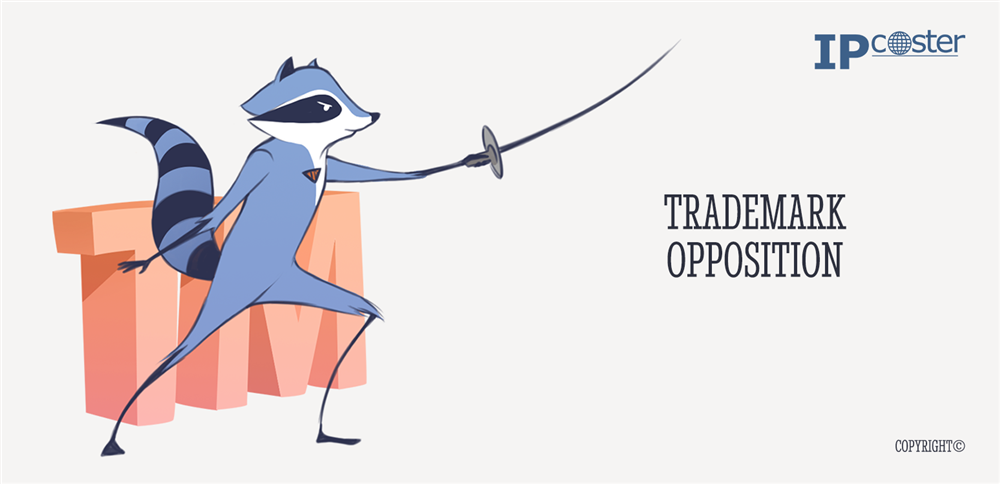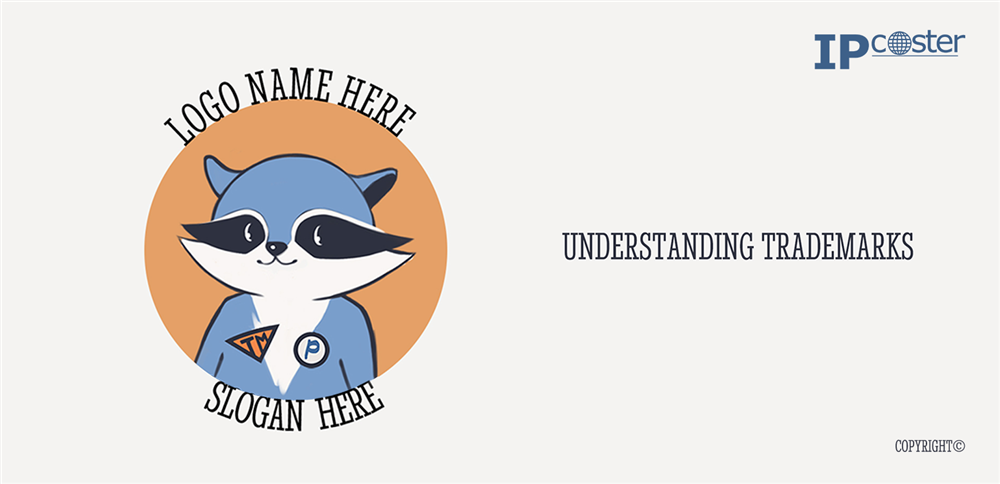
商标是保护品牌标识以及市场上品牌声誉的有力途径,但是申请商标保护并非易事。申请人往往面临各种考量因素,部分管辖区允许商标在尚未使用的情况下提交商标申请。
例如,若申请人有意,可向美国专利商标局(USPTO)可提交意向使用商标申请,但是这与实际使用申请有何不同?
意向使用商标申请
如申请人尚未但有意未来将其商标投入商业使用,可向USPTO提交意向使用(ITU)商标申请,不失为一种可行方案。申请人必须向USPTO提供所述意向证据,通常以使用声明或使用说明的形式。
但是,通过ITU申请提交的商标必须在投入商业使用后才可注册。因此,这类申请对于那些希望尽早(甚至可在实际使用商标之前)获得申请日的人来讲是一种不错的选择。因此,这使得该商标优先于潜在竞争对手的后续商标,这也是ITU申请的一大优势。对于那些仍处于业务发展阶段且未开始销售或宣传其商标和服务,但有意在未来进行相关业务的公司来讲,ITU申请尤为有用。
申请人需注意的是,通过ITU申请后,商标并不能立即获得保护。商标必须先投入商业使用,具体使用时间取决于申请的具体情况。
据USPTO相关规定,商业使用指带有该商标的商品/服务已在州际、地区或国外投入商业使用。例如,使用证明应包括商品外包装所印商标,且商品存在商业售卖或运输。就服务而言,商业使用包括相关服务的销售或宣传以及在商业中提供服务的证明。
ITU商标申请人可在以下三个阶段宣称商标已投入商业使用。第一个阶段是从ITU申请日起至商标审查员批准公布之日;第二个阶段是USPTO下发授权通知书之日起的6个月内。
如上述两者皆不可行,申请人可请求延长提交使用说明,最多5次,共可延长3年,需缴纳相应费用。如在上述期限内未及时提供使用说明,ITU申请将被撤销,相关商标可为他人所用。
实际使用商标申请
实际使用商标申请只能在商标已实际投入商业使用后才能提交。
如要提交实际使用商标申请,带有商标的商品或服务需已在商业中销售或宣传,与ITU申请的最终注册要求一致。需向USPTO提供上述使用证据,通常以带有商标的商品或服务样本或样品的形式。
申请通过后,商标将在USPTO注册,其公司对使用注册商标所列商品或服务享有专有权。
相比ITU申请,实际使用商标申请提供一个更为高效的商标保护途径,这是其一大优势。
在相关申请方面,其他管辖区也采取了与美国不用但类似的制度。邻国加拿大可基于“提议使用”提交商标申请,提供了比意向使用商标申请更为宽松的要求。
值得注意的是,商标法律法规因国家而异,较为复杂。如您有意提交商标申请或想了解更多意向使用商标申请,请点击此处联系我们。

谈到知识产权保护,有多项国际协定可加速全球的知识产权保护。如要在多个管辖区获得商标保护,可通过1891年签署的《商标国际注册马德里协定》以及1989年签署的《商标国际注册马德里协定有关议定书》。
两者相辅相成,构成了马德里商标国际注册体系,为在多个管辖区同时获得商标保护提供了一种更为高效的途径。因此,可提交指定的任何/所有马德里成员国的“国际”申请,后续的注册将在各个指定国单独生效,和单一国家申请一样。
《保护工业产权巴黎公约》成员国可同意并加入《马德里协议》和/或《马德里议定书》。各国需遵守其中一项或两项条约。
尽管《马德里协定》和《马德里议定书》相辅相成,性质相同,但是这两者作为独立的条约单独实施,因此具有若干固有差异。通过《马德里协定》或《马德里议定书》提交申请会在申请要求、预期期限以及官费等方面有所不同。
例如,《马德里协定》比《马德里议定书》早近100年,旨在为获得国际商标保护提供一种更为高效便捷的途径奠定基础,无须在各个管辖区单独提交申请。
但是,《马德里议定书》旨在为马德里体系提供更为灵活的方式。相关调整推动马德里体系与更多国家和政府间组织接轨,这些国家和组织此前基于其国内法无法加入《马德里协定》。此外,《马德里协定》仅允许单个国家加入,但是除此之外,《马德里议定书》还允许政府间组织加入。
涉及到商标申请和续展,这两项条约也有所不同。例如,《马德里协定》要求提交的国际申请基于一件本国商标注册。而《马德里议定书》要求国际申请可基于本国或“基础”商标申请,或在《马德里议定书》缔约国所在商标局注册的基础商标。
《马德里协定》还规定必须在原属国商标局提交国际申请且申请人在该国设有“真实有效的工商业营业场所”。如申请人无此类商业营业场所,则只能在其居住国提交申请。然而,《马德里议定书》允许申请人基于商业营业场所或居住国选择原属国商标局。
起初,《马德里协定》规定只能以法语提交申请,但是签署《马德里议定书》后,申请人可通过马德里体系以英语提交申请。在2004年,西班牙成为此体系的又一官方语言。这意味着,无论是通过《马德里协定》还是《马德里议定书》提交申请,申请人均可以三种官方语言之一提交国际申请。但是,各个原属国商标局可对使用这三种语言进行相关限制。
这两项条约在官费支付流程方面也有所不同。例如,《马德里协定》要求申请人为各个指定成员国缴纳固定费用,但自引入《马德里议定书》后,申请人可缴纳固定费用或马德里缔约国可选择单独计费模式。通过此计费模式,缔约国收取的国际申请费用将等同于单一国家申请费。
有关商标驳回期,《马德里协定》规定为12个月,而之后出台的《马德里议定书》规定为18个月,且可延长此期限。但是,如果原属国和指定国均为《马德里协定》和《马德里议定书》的缔约国,则根据《马德里议定书》第九条之六,商标临时驳回期限为12个月。
最后,《马德里协定》规定商标的有效期为20年,而《马德里议定书》规定的新有效期为10年。虽然有效期大大缩短,但是有助于清除登记簿中未使用或未续展的商标。
虽然《马德里协定》和《马德里议定书》各个方面有所不同,但是均为获得国际商标保护的有力途径。马德里联盟覆盖130个国家,拥有114个成员国,生动诠释了全球知识产权合作的意义所在。

在商标注册程序中可能会出现对商标申请提出异议的情况。
商标异议是指由第三方对商标注册提出的正式异议。各个国家和地区的商标法概述了当地管辖区的异议程序,包括异议期限、所需文件等细节。在很多管辖区,一旦商标申请被商标局受理并视为可注册,即会予以公告。随后,第三方可根据相关商标法规定的理由在规定的时间内对商标注册提出异议。这段时间通常称之为异议期。
异议理由有两种——绝对理由和相对理由。绝对理由是指商标本身的问题,例如商标缺乏显著性,仅对商标的商品/服务进行描述或为通用的商品或服务。
相对理由是指存在在先商标权或所申请的商标与所述在先权利相冲突,例如,易造成混淆的相似性或利用在先商标的声誉。
如有商标异议,相关知识产权局通常会通知申请人,规定答辩的截止日期。答辩通常包括申辩通知书以及附有辩护申请的充分论据、撤销申请或缩小商品或服务范围的反陈述。在此阶段,双方需进一步提交材料,以支持各方论点,知识产权局会基于上述提交材料做出决定。在部分管辖区,双方可选择在听证会上审理此事。
其中一个结果是知识产权局驳回异议申请。在此情况下,商标申请可顺利注册。
如异议申请被完全接受,则商标申请将被撤回,不予注册。
另一方面,如异议申请被部分接受,则商标申请人需根据决定修改其商标,例如减少商标申请中的被异议的商品和/或服务类别。
或者,可与对方友好协商,以便商标顺利注册,则知识产权局便无需参与此事。
鉴于商标异议的复杂性,申请人和潜在异议方必须了解商标异议程序的各项细节。如您对商标异议程序有任何疑问,或需要商标代理人的帮助,可随时联系我们。

搜索知识产权保护相关信息时,您可能会看到专利和商标检索等术语,但是您清楚这是强制性的还是建议性的,以及由谁来进行这类检索?
可专利检索又称之为现有技术、专利或新颖性检索。进行这类检索是为了查找同一发明是否已被他人公开或是否存在近似发明。可专利性检索并非强制,通常在撰写专利申请时进行。此外,在审查您的申请时,专利局也会进行这类检索。
商标检索有助于确定同一商标是否已注册。在大多数国家,申请前进行商标检索并非强制,但是需要注意的是,在很多国家,商标检索为审查程序的一部分。
但是您如何清楚自己是否需要进行检索?专利检索的结果有助于您决定您的发明是否值得申请专利、评估专利授权的成功率以及为可能下发的审查意见准备答复。
对于商标而言,好处也非常多;您可以避免不必要的侵权,申请前便可考虑您的后续行为以及发现会提出异议的潜在竞争对手。
如进行检索,建议您寻求专业商标或专利代理人的帮助。

商标是知识产权和我们日常生活的焦点,品牌名在我们日常活动中随处可见。从早餐麦片到电视广告,再到我们使用的牙膏,我们喝的瓶装水,商标无处不在。因此,我们了解下这类知识产权的知识以及商标注册的条件。
商标用来识别和区分一个公司的产品和/或服务不同于其竞争对手的产品和/或服务。最常见的商标类型是文字、图形和组合商标,但也会包含声音、气味、三维模型、颜色或标志,具体取决于各个管辖区。
注册商标是针对特定的商品和/或服务,在很多国家,可归入商品服务尼斯分类。这是根据1957年《尼斯协定》确立的国际分类,每年修订一次,现为约150家知识产权局所采用,包括地区性知识产权局,例如欧盟知识产权局、非洲知识产权组织、非洲地区知识产权组织、比荷卢知识产权局。目前,可注册的商品类别共有34个,服务类别共有11个。
通常来讲,商标必须具有显著性才可获得注册。在英国等部分国家,可注册不具有显著性的商标,但前提是在注册日之前,商标因其使用已获得显著性特征。美国对非传统商标的显著性已经实施改革,法院裁决认定声音和产品外包装相关的商标天然具有显著性,而产品设计、气味、颜色和味道则没有。这些天然不具有显著性的商标须提供次要意义或后天显著性的证据,以在美国法院获得注册和保护。
无法获得注册的商标通常具有误导性(如对非有机产品使用“有机”一词)或描述性(如商标对其相关的商品或服务进行描述)。此外,在大多数管辖区,以下商标也无法获得注册,例如含有互联网域名、脏话或不恰当图片等冒犯性部分以及与国家符号和其他官方标志、受国际协议保护的徽章和国际政府间组织的缩写相似的商标。
商标的保护强度有所不同。例如,根据美国商标法,强商标应是一个“臆造或创造”的商标。这些商标具有固有显著性,往往包含与所提供的商品或服务几乎没有相似之处的创造性或过时词语,例如Pepsi。另一种类型的强商标是任意型商标,由文字或符号构成,在注册的管辖区具有常见的含义,但用于与该含义无关的商品或服务,例如“Apple”之于电脑。弱商标包括暗示型商标,例如Netflix有涉及到该商标的所述主题。
请注意,上述商标要求和保护强度的示例主要基于英国和美国法律,各个管辖区有所不同。如需更多商标注册信息,请随时联系我们。
